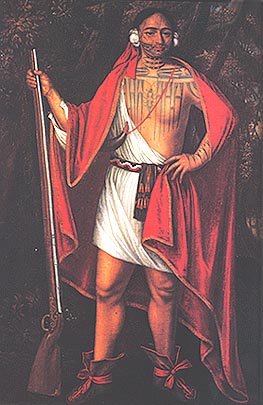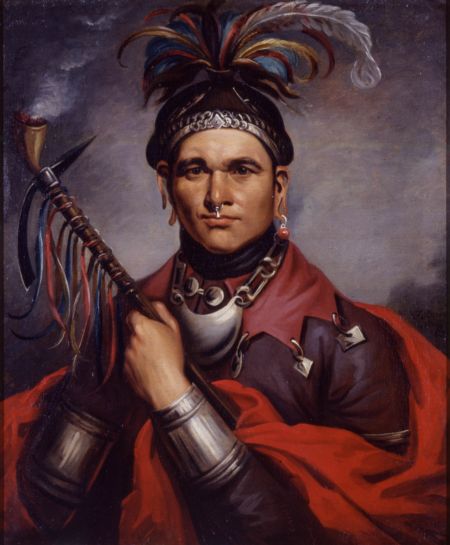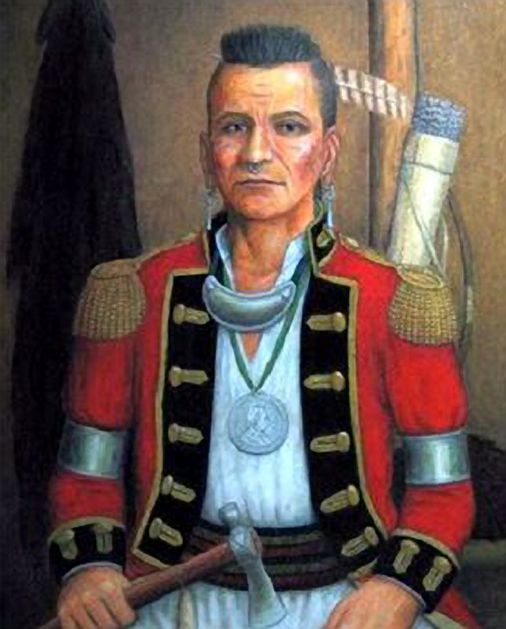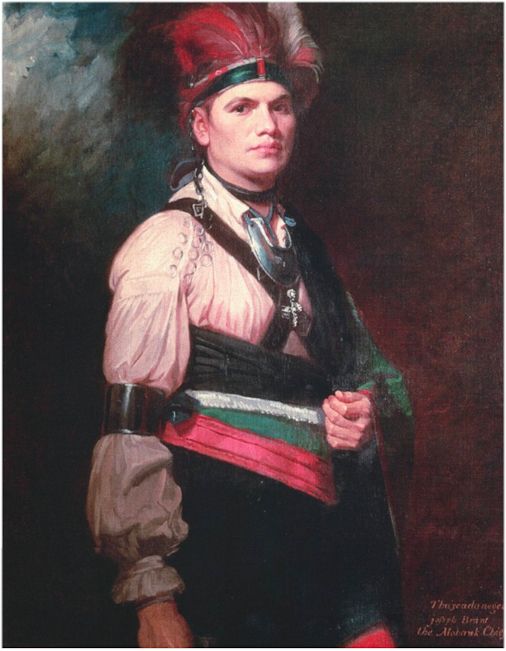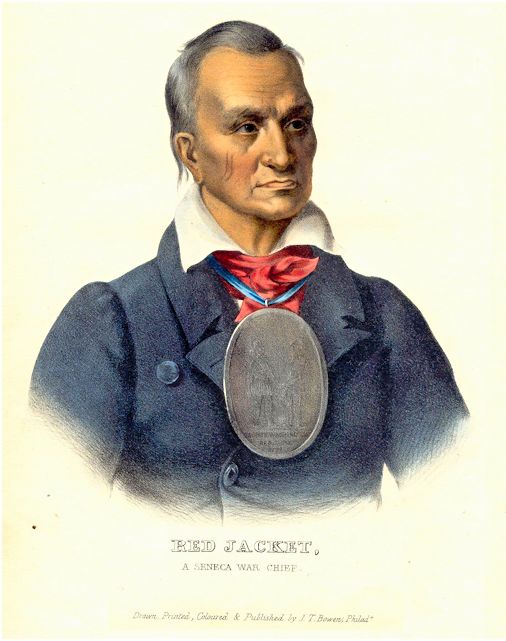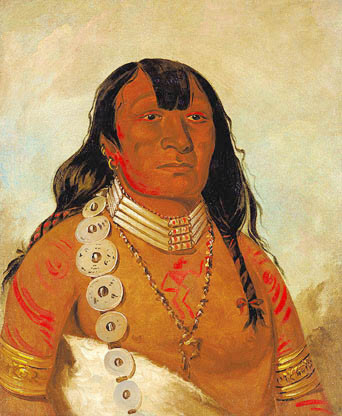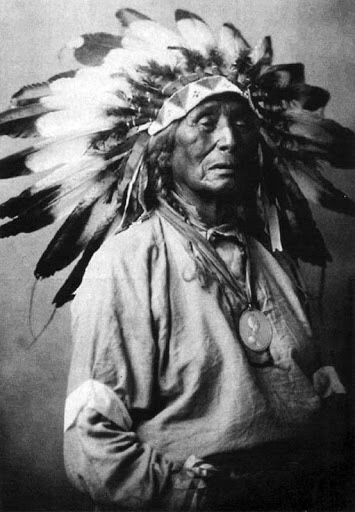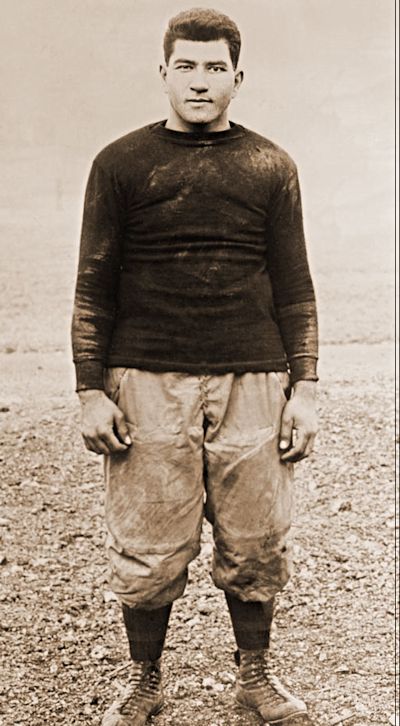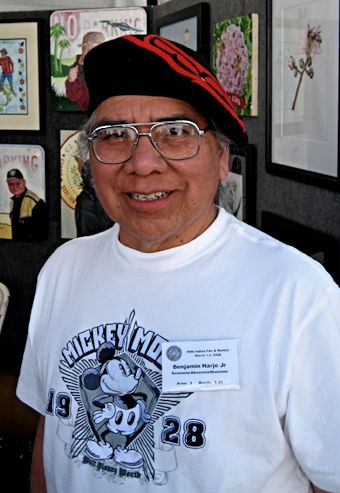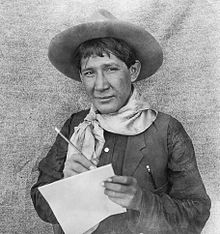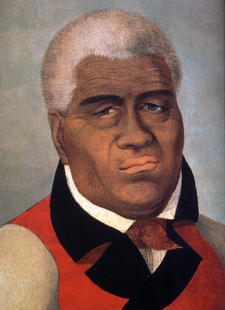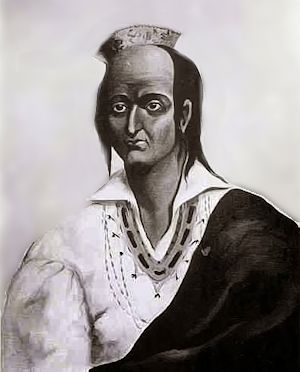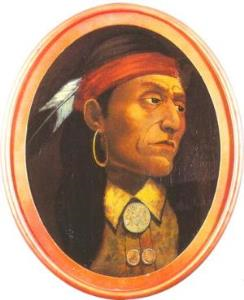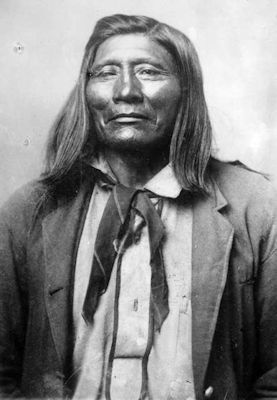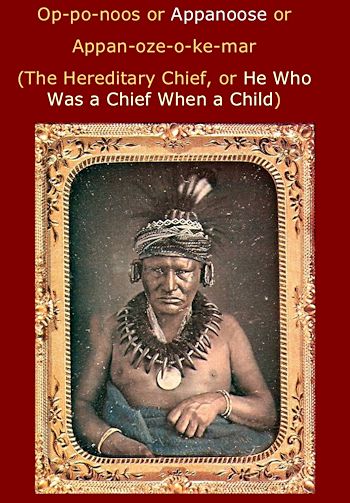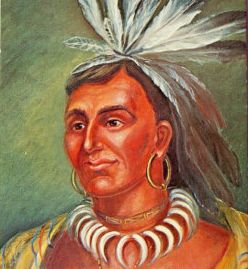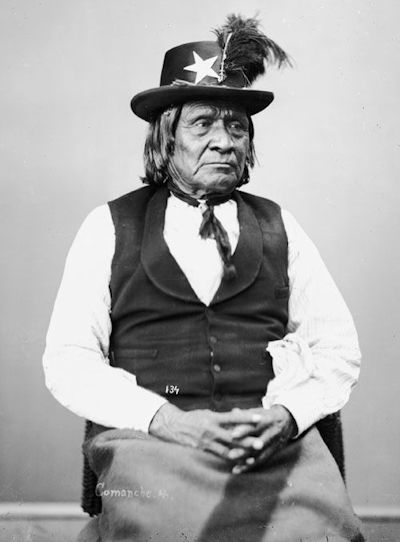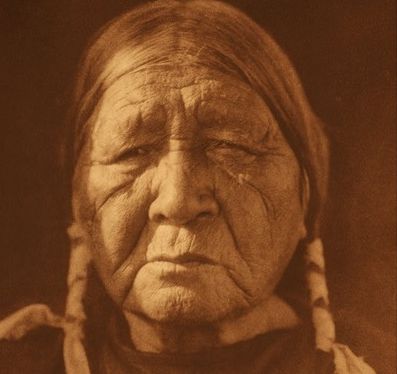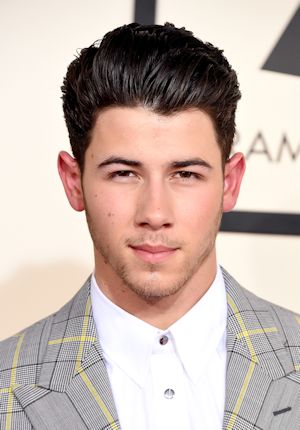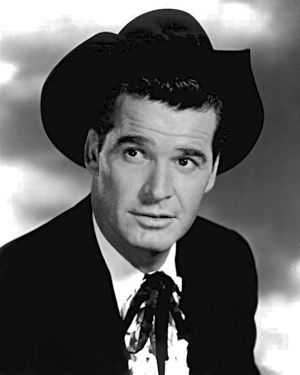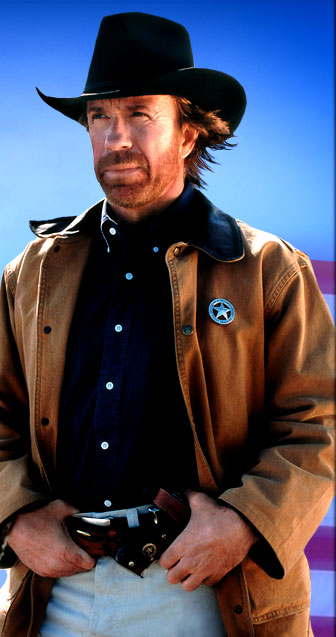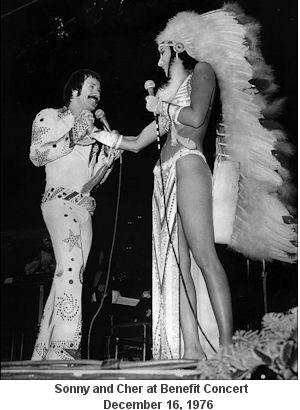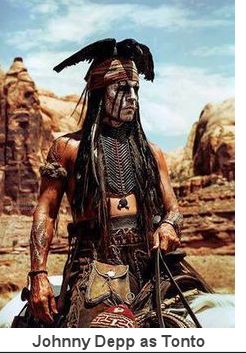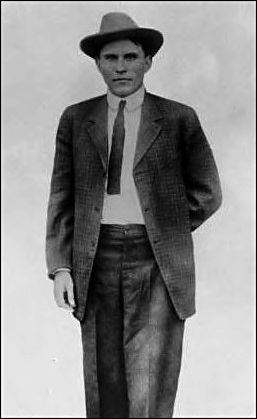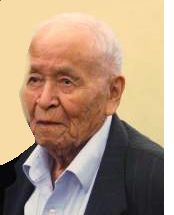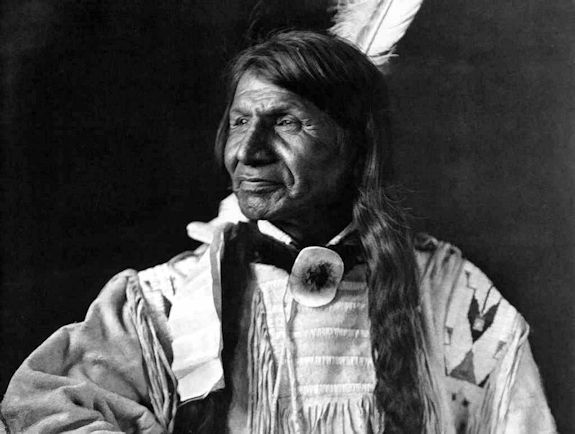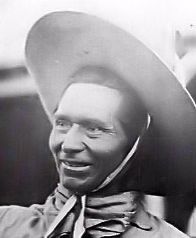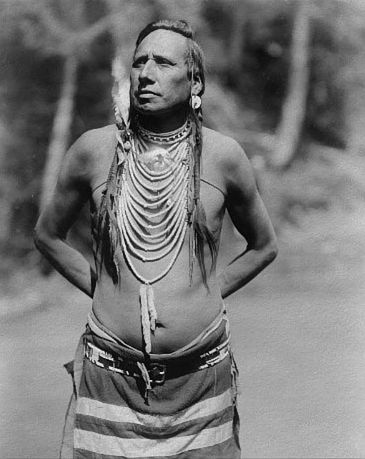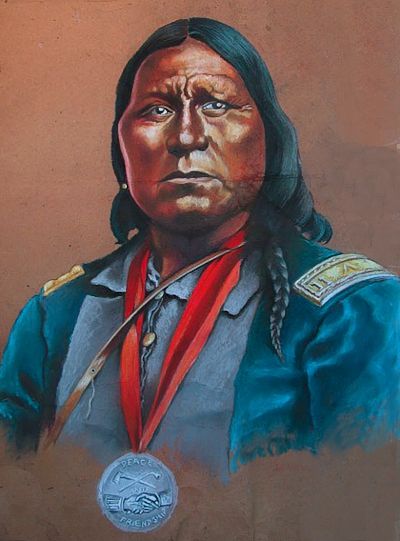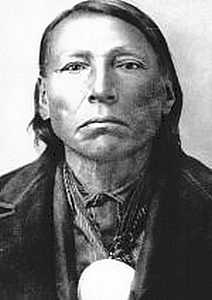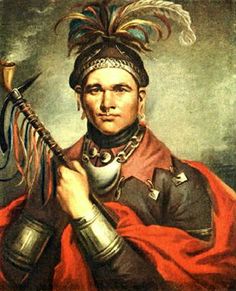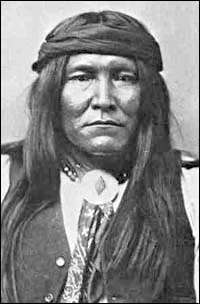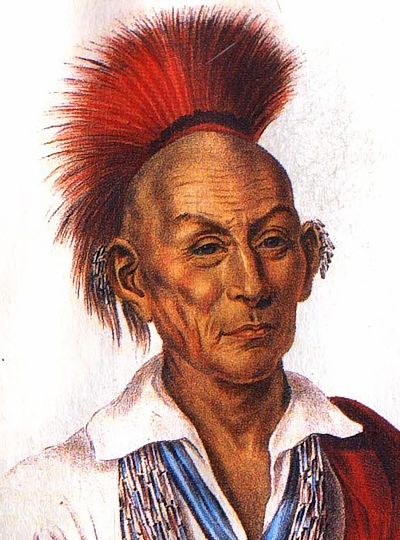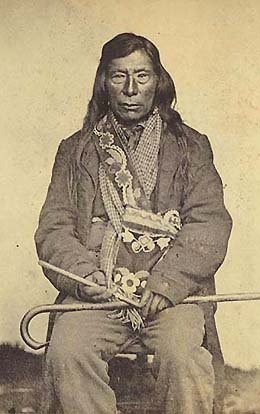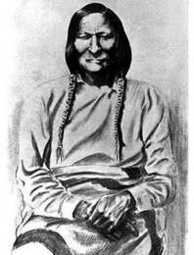There were many kinds of native american chiefs and leaders. Usually they did not have absolute power over all situations or activities, and often various terms for leaders were used interchangeably. One could escape the power of a chief or leader by simply moving to another locality. Traditionally, a chief did not usually rule all bands or branches of a particular tribe.
Kinds of Chiefs
Cacique or Cazique (female form: Cacica) – A title derived from the Taíno word for the pre-Columbian chiefs or leaders of tribes in the Bahamas, Greater Antilles, and the northern Lesser Antilles. Following their first encounters with the Taino upon their arrival in the New World, the Spanish used the word as a title for the leaders of the other American tribes they encountered, predominantly in Latin America.
Chieftain may refer to the leader or head of a group, such as:
a tribal chief or a village head.
a member of the ‘House of chiefs’
a captain, to which ‘chieftain’ is etymologically related.
Clan chief
Chiefs of the Name – The recognised head of a family or clan.
Chief – May refer to:
Tribal chief – The head of a tribal form of self-government.
Chiefs of the Name -The head of a family or clan.
Paramount chief -The highest-level traditional chief or political leader in a regional or local polity or country typically administered politically with a chief-based system. This definition is used occasionally in anthropological and archaeological theory to refer to the rulers of multiple chiefdoms or the rulers of exceptionally powerful chiefdoms.
Historically, Paramount Chief is also more specifically a title created during the Colonial era by British administrators as a substitute for the word “king” in order to maintain that only the British monarch held that title.Since the title “chief” was already used in terms of district and town administrators, the addition of “paramount” was made so as to distinguish between the ruling monarch and the local aristocracy.
War Chief – Was the chief only for one particular war party, for as long as their mission lasted. He did not necessarily influence decisions in other aspects of their lives, although a War Chief was usually someone respected by the men of the tribe and could simultaneously hold other leadership positions or be elected as the War Chief of many subsequent raids and battles.
Hereditary Chief – A chief whose chiefdom is passed down from lineal descent, usually from a father to his oldest son, but not always. If a chief has no son, or the son is a fool, the line of descent may be to a son-in-law or nephew or younger son. Hereditary chiefs ruled extended family groups that lived together as a village.
Peace Chief – Usually someone with strong oratory skills, selected to speak for the people in situations where diplomacy is needed, such as during treaty negotiations. Many Peace Chiefs made trips to Washington to speak to Congress on behalf of their respective tribe.
House of chiefs – An assembly, either legislative or advisory, that is neither representative (by general elections) nor simply appointed and/or filled ex-officio, but consists of all or part of the traditional leaders, known as chiefs, of a country or polity. Historically, especially in colonial times, chiefs were often used as instruments of indirect rule, and/or convenient alternatives to elective institutions.
Sachem – Although “sagamore” has sometimes been defined by colonists and historians as a subordinate lord, modern opinion is that “sachem” and “sagamore” are dialectical variations of the same word.
Derived from the Proto-Eastern Algonquian sākimāw:
sâchim (Narragansett language – the source of the English word)
sakəma (Eastern Abnaki language – anglicised as Sagamore)
sakmow (Mi’kmaq language); plural sakmowk
sakom (Malecite-Passamaquoddy language)
sôgmô (Western Abnaki language)
Derived from the Proto-Central Algonquian hākimāw:
ogimaa (Anishinaabe language);written as ogimà in the Algonquin language, gimaa in the Ottawa language,wgema in the Potawatomi language; anglicised as Ogema.
uchimaa (Northern and Southern East Cree languages)
iiyuuchimaaw (Naskapi language)
Chair or Chairman – Today most modern tribes are ruled by an elected Tribal Council. The head of the tribal council may be called the Chair or Chairman or Chair Woman or Chair Person, instead of Chief.
Medicine Man (Medicine Woman, Medicine Person, Medicine Elder) – The primary function of the “medicine man,” (who is not always male), is to secure the help of the spirit world, including the Great Spirit, for the benefit of the entire community. The medicine man was not neccesarily the war chief or the political chief, although he could be, but did weld considerable influence in the decision making processes of his tribe.
Sometimes the help sought may be for the sake of healing disease, sometimes it may be for the sake of healing the psyche, sometimes the goal is to promote harmony between human groups or between humans & nature. So the term “medicine man” is not entirely inappropriate, but it greatly oversimplifies and also skews the depiction of the people whose role in society complements that of the chief.
To be recognized as the one who performs this function of bridging between the natural world and the spiritual world for the benefit of the community, an individual must be validated in his/her role by that community. Most medicine men and women study their art either through a medicine society such as the Navajo Blessingway, or apprentice themselves to a teacher for 20-35 years or both.Medicine People who heal physical ailments often have a specialty set of illnesses they treat, just as modern doctors do. While these medicine men are proficient in treating a specific set of ailments, spiritual and psychic elements are also usually part of the treatment. While in modern medicine, we usually treat the symptoms of an illness, in native American medicine the underlying cause is more often considered (including non-physical aspects that may cause illness) and every aspect of the whole person treated as needed.
Shaman (Shamanism) – A word often used by anthropologists interchangably to mean medicine people. In reality, shaman is a term that was not used by native american tribes, except some Alaskan Natives. The word ‘shaman’ has it’s origin in Russian culture. Shamanism is a range of traditional beliefs and practices concerned with communication with the spirit world. A practitioner of shamanism is known as a shaman.
There are many variations of shamanism throughout the world and several common beliefs are shared by all forms of shamanism. Shamans are intermediaries between the human and spirit worlds. According to believers, they can treat illness and are capable of entering supernatural realms to provide answers for human beings.
